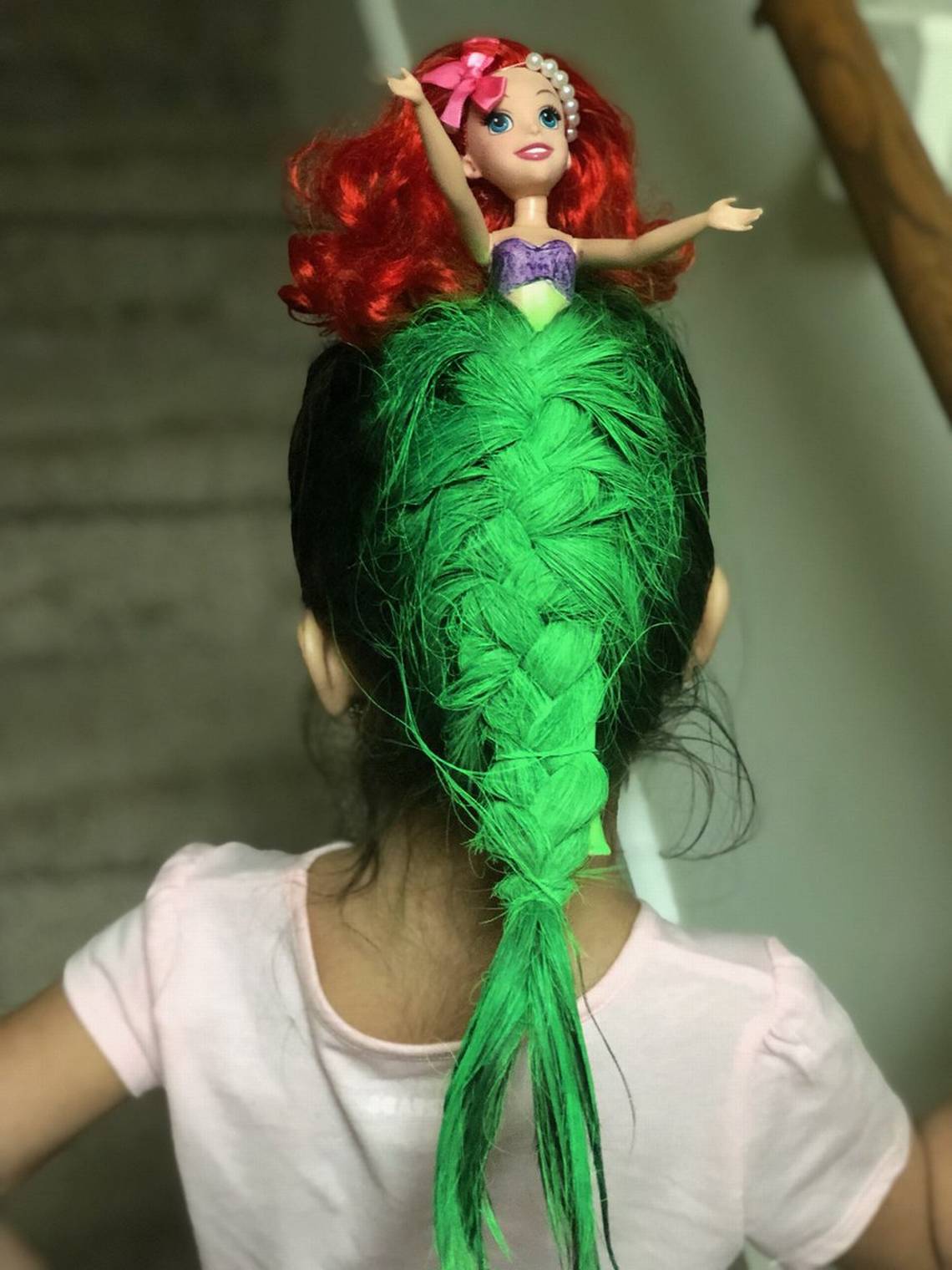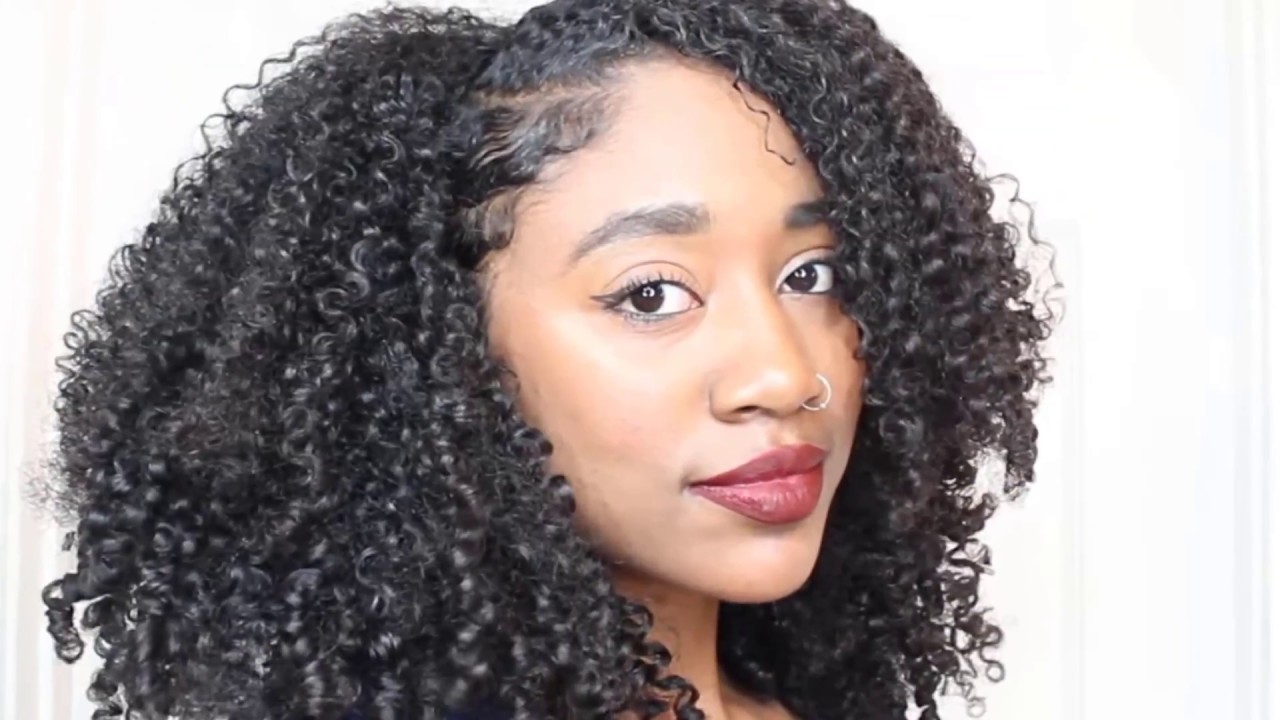Curly hair comes in all shapes and sizes, and types of curls can vary considerably. From understated loops to tightly twisted corkscrew shapes, type 3 curls require special care. These strands can dehydrate easily and require extra attention when styling. In addition, they tend to dry quickly because sebum cannot glide down their twisted strands.
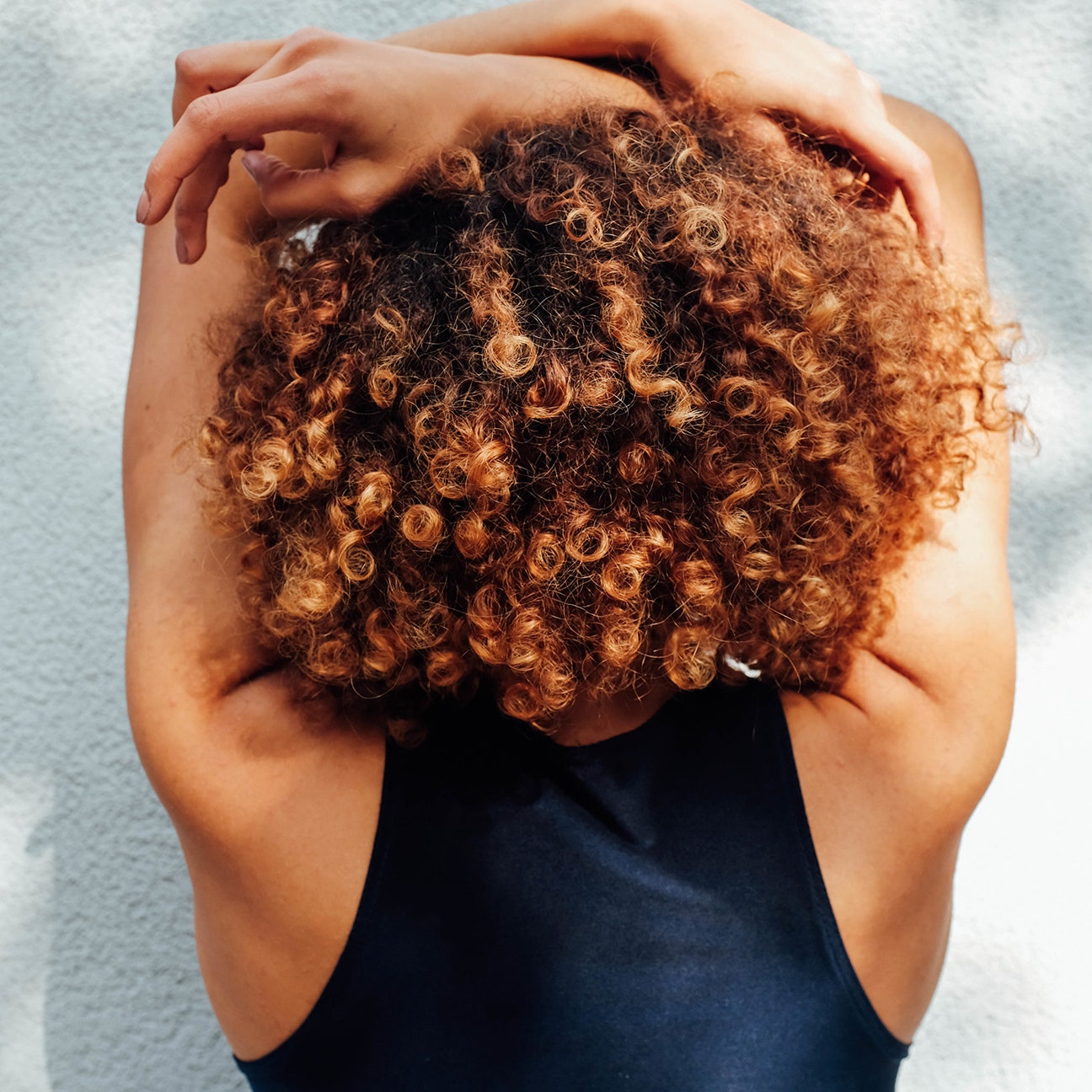
Coil curls
If you’re planning on getting coil curls, the first thing you need to do is identify your type. Then, you can choose products that work well with your curls. Coils need moisture and are best treated with a conditioner that moisturizes deep. Kure has a great collection of products that are designed to help curly Hair repair from root to tip. The bond repair shampoo works great with any type of curly hair and the ultra-moisturizing conditioner is also excellent.
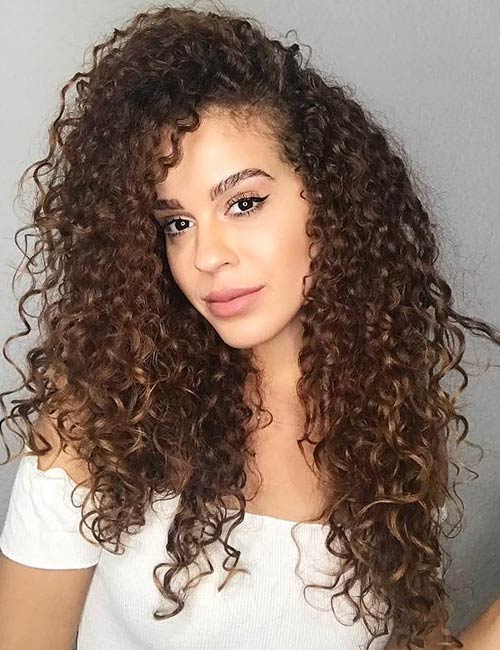
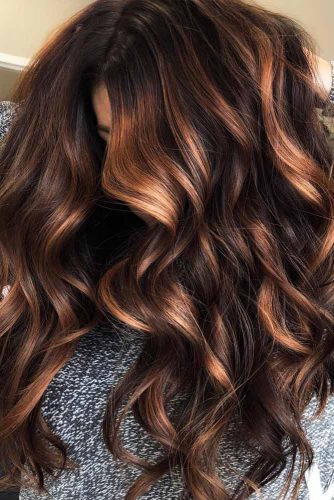
Before you start making finger coils, use a curl-enhancing cream. Apply this evenly along your Hair. Next, twist small sections of hair from the tips to the roots. You can also twist large sections to get more defined curls. Depending on the thickness and length of your Hair, the time it takes to coil your hair will vary.
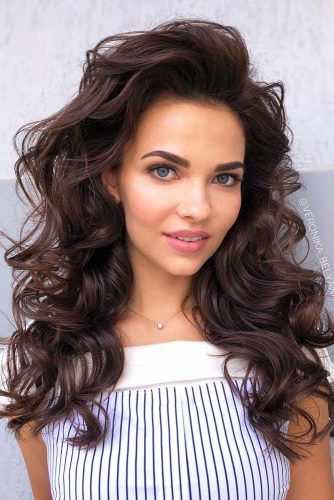
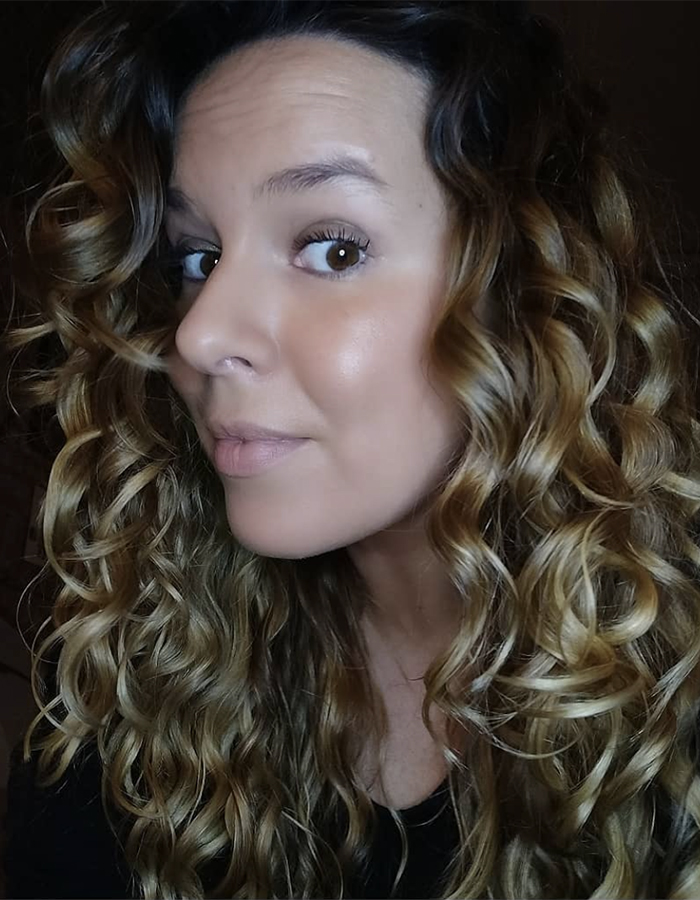
Coil curls can be quite challenging to manage. You must take care to avoid causing damage to your hair. To minimize damage, you must avoid using heat and straightening it too often. It’s important to use products that contain moisture to protect your Hair from damage caused by heat styling. Mizani Thermasmooth Shine Extend, for example, is a great heat protector.
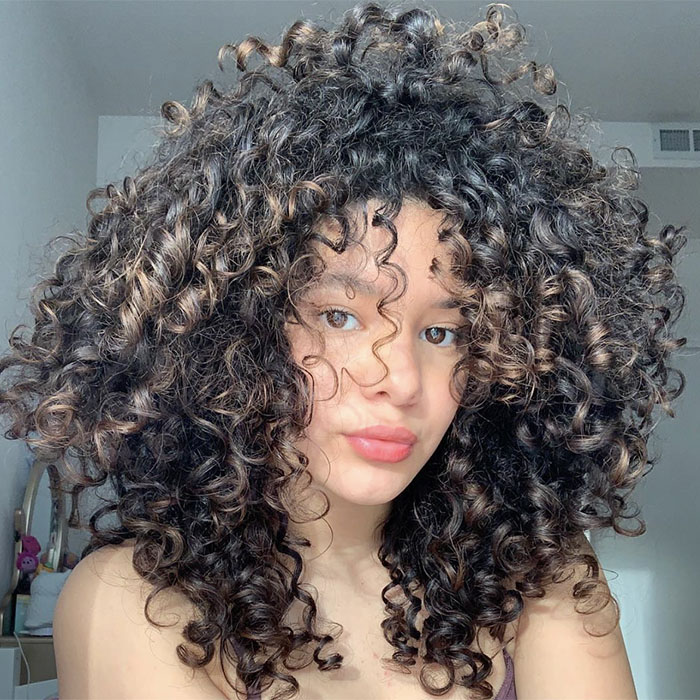
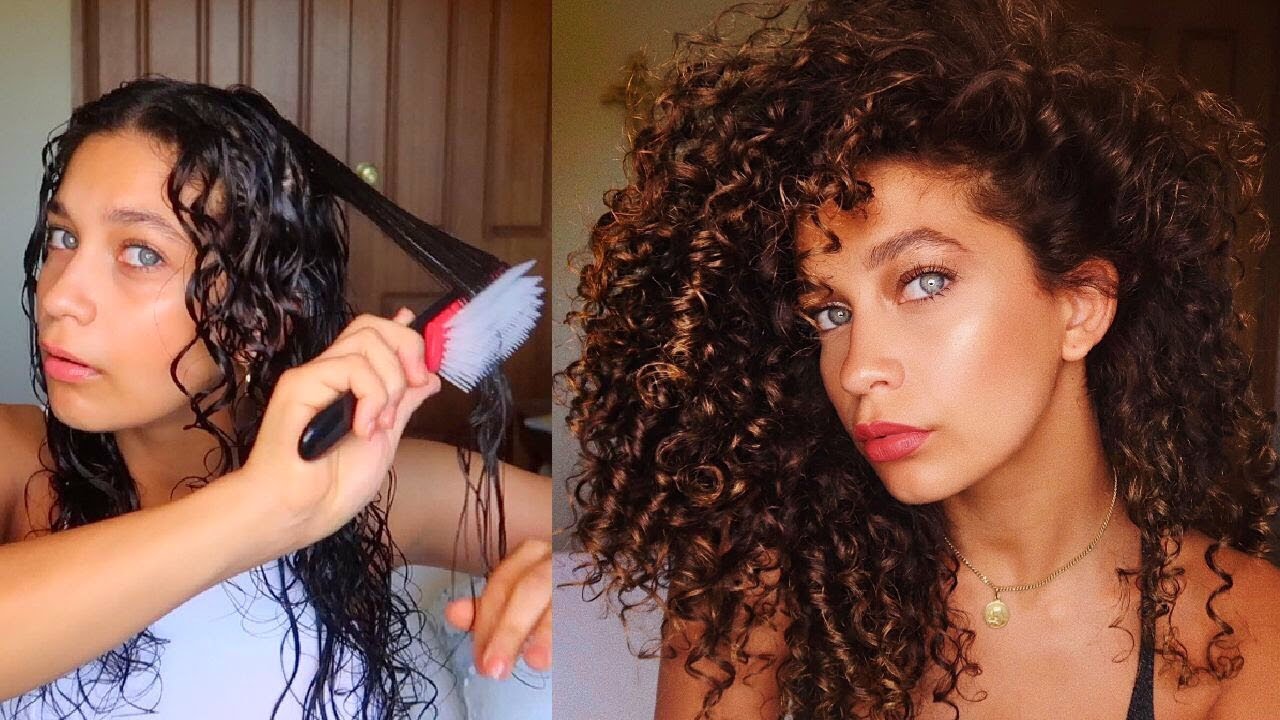
Type 4B is one of the most common types of curls. These curls grow in small, tight coils from the scalp. The spirals are often dry, so you must use a hydrating leave-in conditioner and a lightweight styling product. Moreover, type 4B curls are very susceptible to shrinkage and require extra attention when washing. If you are looking for a new style, you can experiment with coil curls!
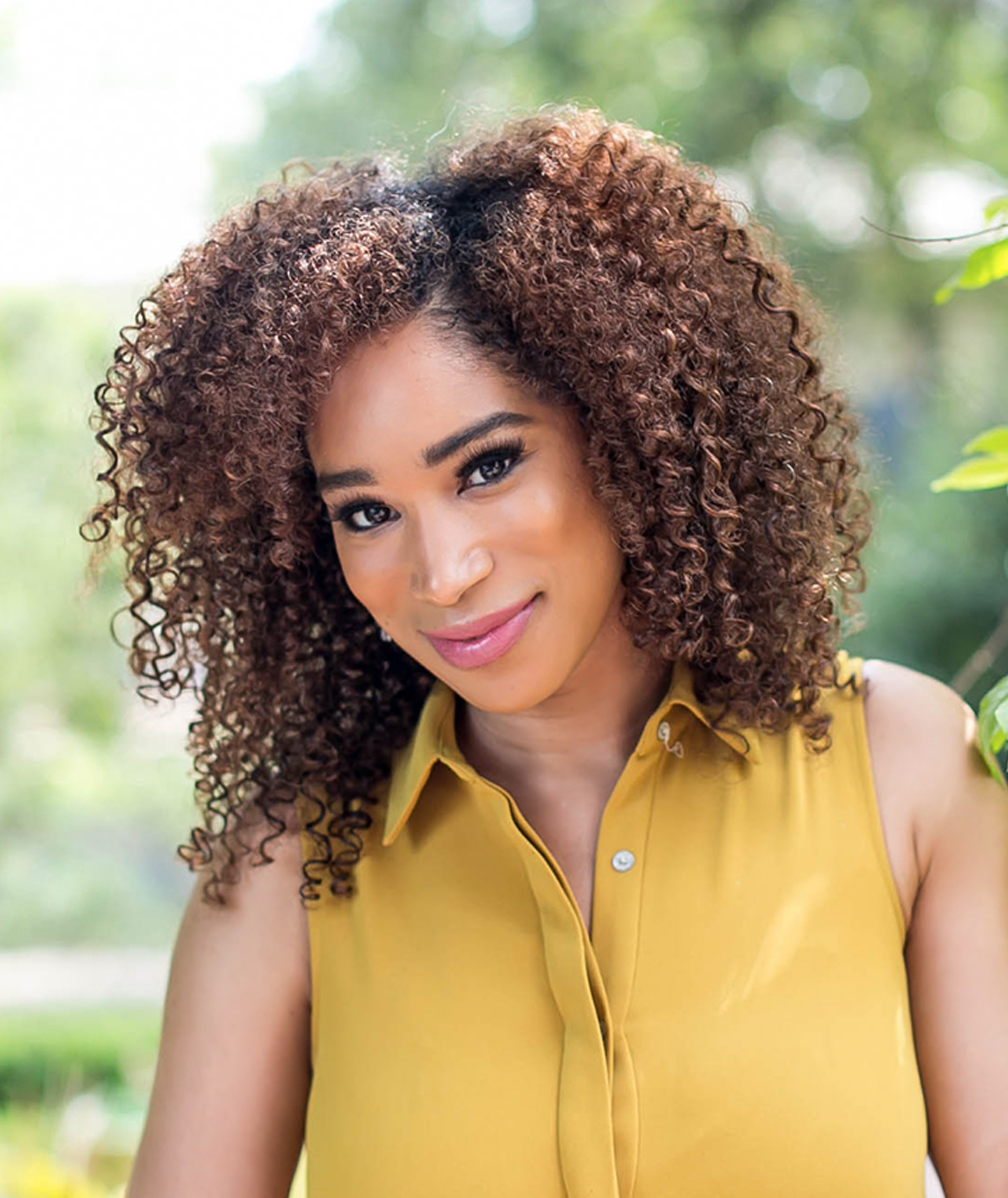
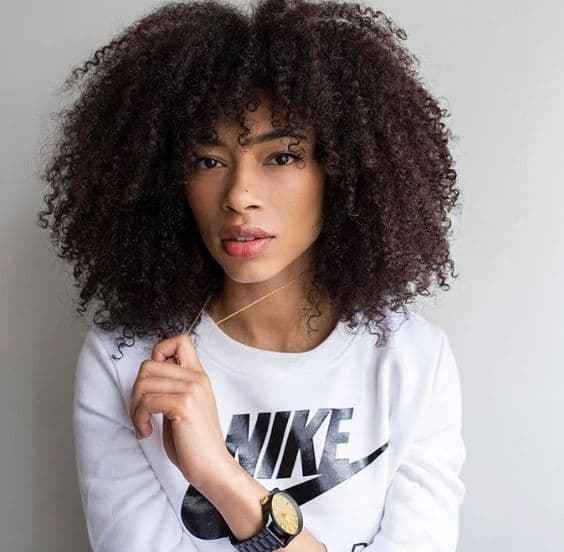
Coil curls are a versatile choice for girls with all natural hair. They can work well for 2C girls as well as 4C girls. The most important thing is to make sure your Hair is clean and healthy, and you should use a good quality gel or oil. It’s also important to use a deep conditioner that can help repair your hair if it’s damaged.
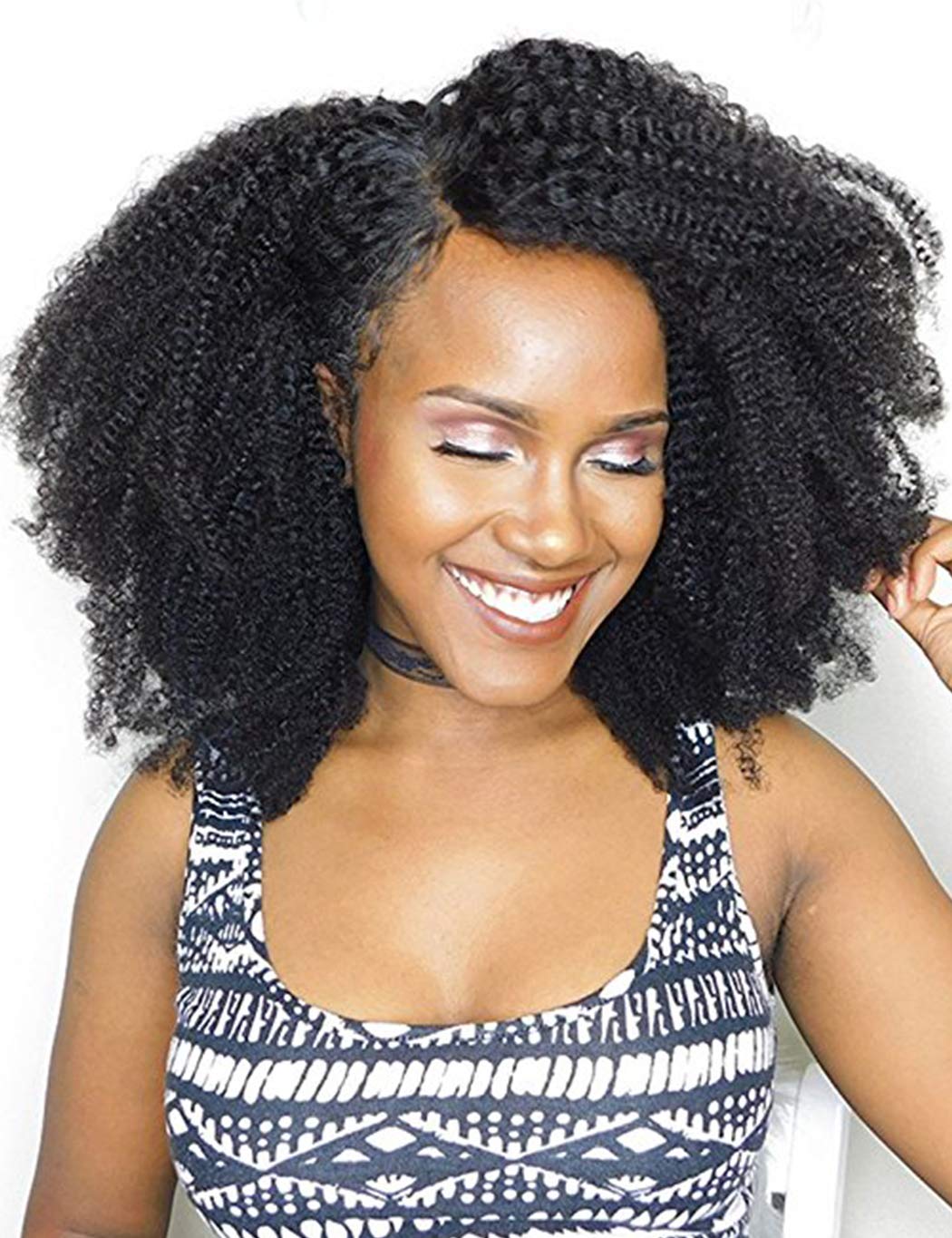
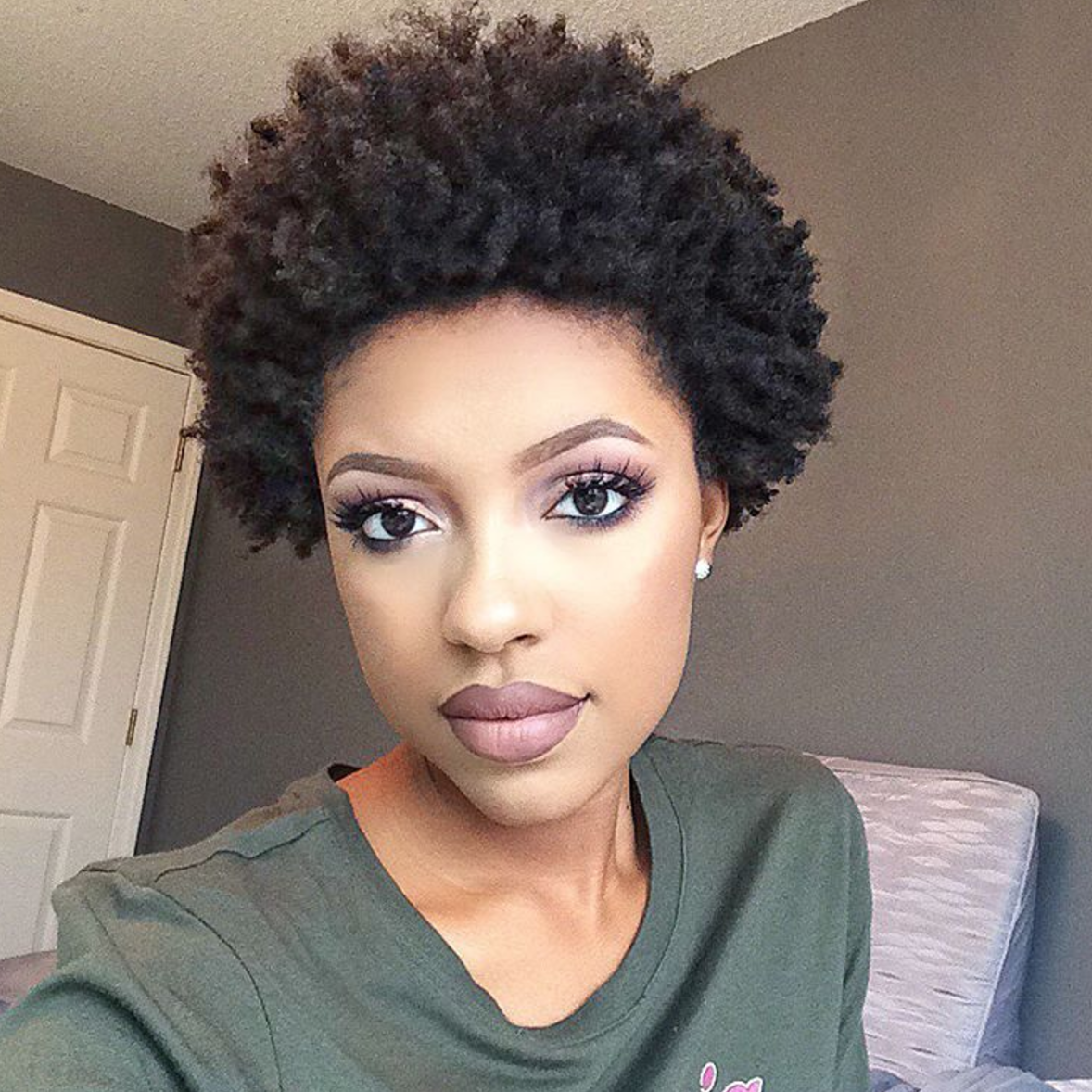
Finger coils are very easy to revive with the right products. You can try Goddess Strength Divine Strength Leave In Cream, which is formulated for wavy to curly hair. This leave-in cream is enriched with castor oil, so it helps strengthen and moisturize your curly locks. During finger coils, you should apply a little of the cream and make sure you use enough to wet your hair throughout.
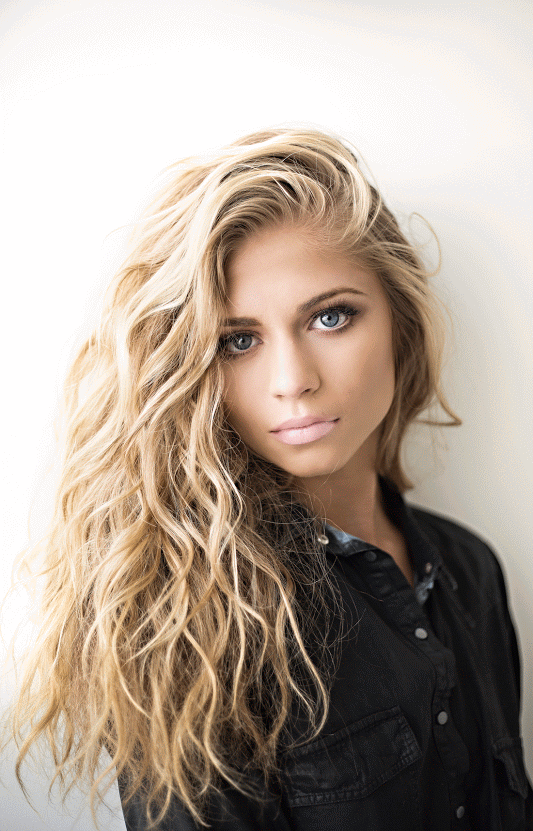
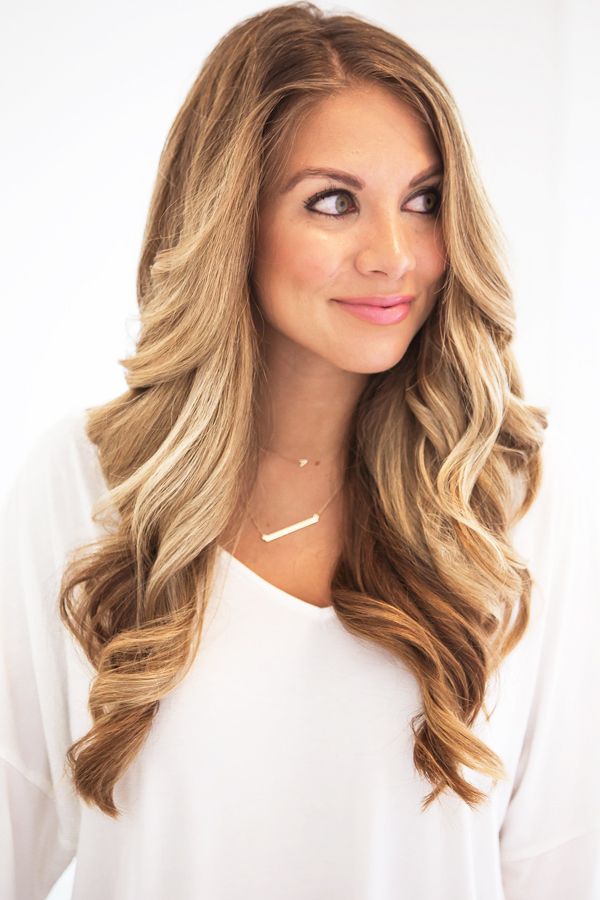
Type 4 Hair has small, tight, and kinky curls. The strands shrink to less than half their original size after drying. These strands look like rainbows. They’re also less defined than Type 4A and Type 4B, but have larger diameter curls than Type 4B.
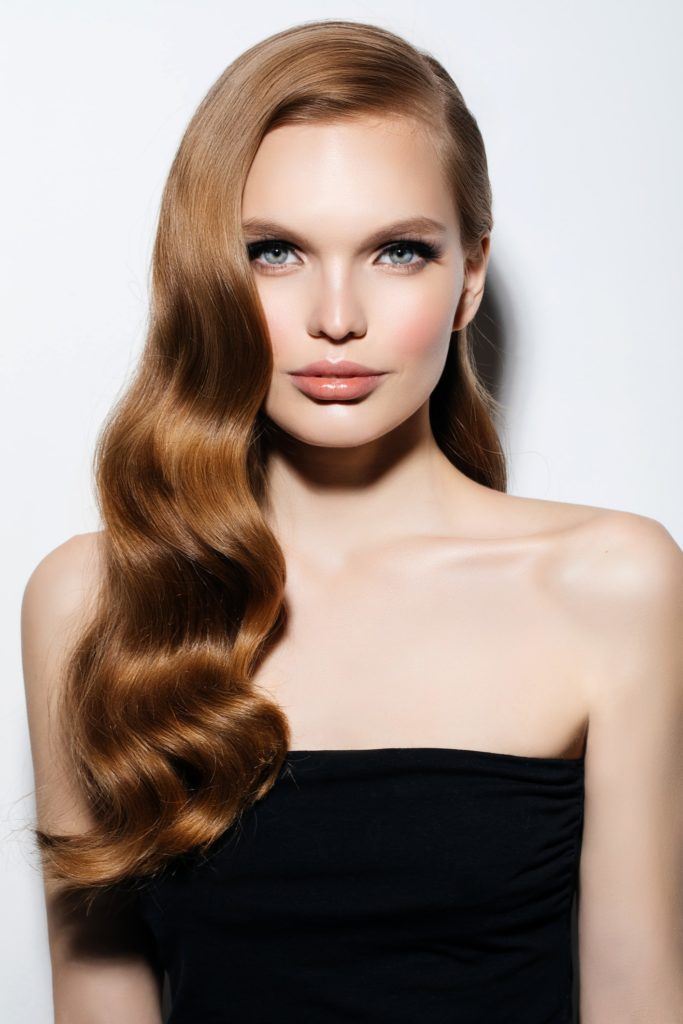
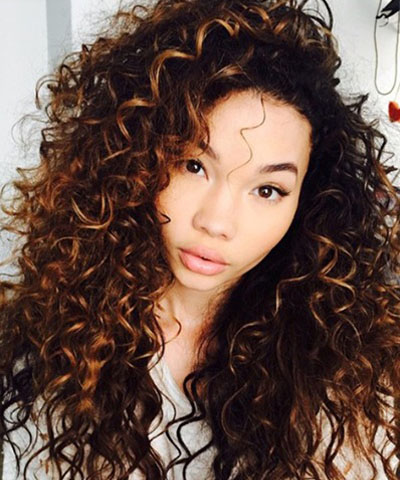
Type 3b hair has a bouncy curl pattern that is characterized by a large amount of hair thickness. It has a high tendency to dry out easily, so it’s essential to deep condition and use styling milk or cream gel to keep it hydrated.
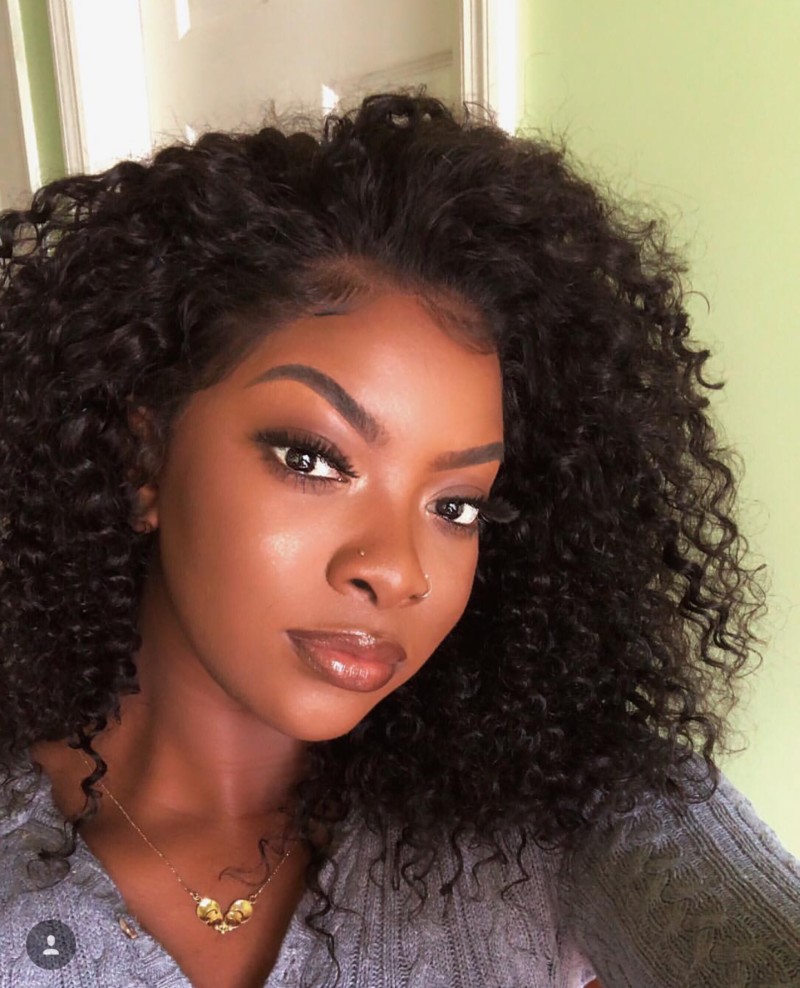
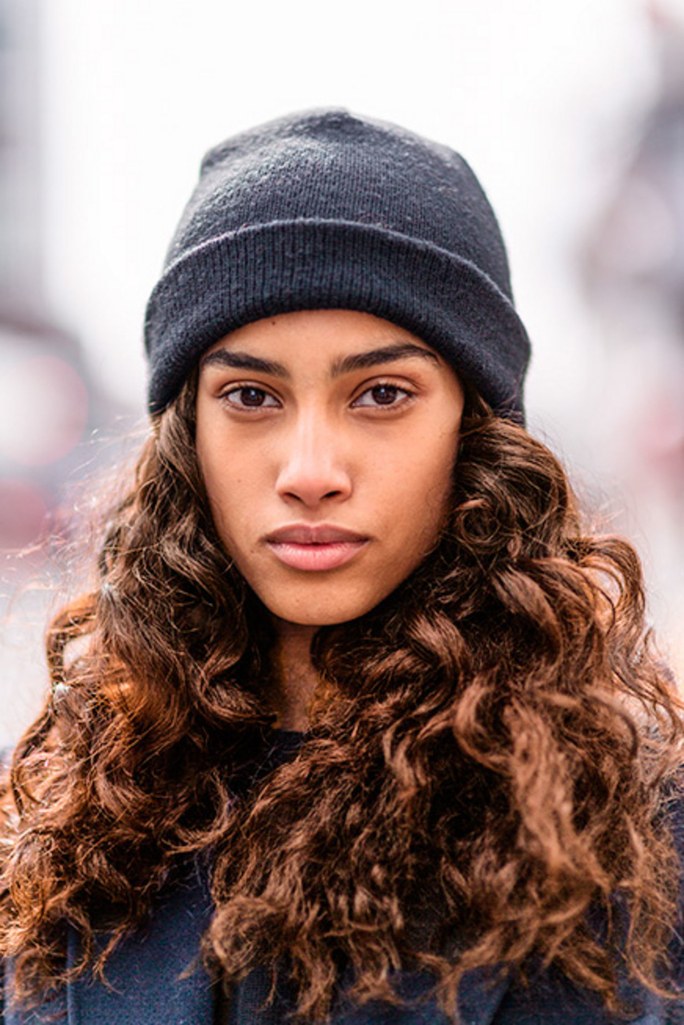
Spiral curls
Spiral curls are a wonderful way to add movement and shape to curly hair. These curls can easily be fashioned at home, and the results will last all day! Spiral curls can be worn with straight hair or incorporated into an elegant style for formal events. To achieve spiral curls at home, start with damp hair. Next, apply styling gel to the roots and smooth to the ends. You may also use a hair dryer to finish your look.
Spiral curls are most likely to be found on naturally spiral-curly hair, but they can also be created with wavy hair. Spiral curls require special shampoos and conditioners to maintain them. The right products can make all the difference in the world for your spiral curls!
When creating spiral curls, you need to use special hair products to protect your hair from the heat. A few drops of heat protectant can help you achieve ultra-bouncy results without damaging your hair. After styling, make sure to use a hairspray to hold the curls in place.
Afterwards, a cleansing conditioner can help reviving spiral strands. There are many types of cleansing conditioners available, but you should select the one that dries hair without generating too much lather. Also, a styling cream with little lather will be more effective on spiral hair.
Spiral curls are achieved using a combination of different methods, but you need to understand the underlying process before trying it out. For instance, if your hair is naturally curly, you can use traditional hot rollers to create spiral curls. After using the curlers, use a bobby pin to secure each spiral curl to your scalp. Repeat this procedure until you’ve used all of the rollers. Once you have finished, leave the bobby pins in your hair for an hour or two.
For this technique, you must start with a small section of hair. Mist it with thermal heat spray. Then, twist a small section from the base to the ends. If you’re not comfortable twisting your hair, you can braid the section instead and wrap it around the curling iron in the same direction. Wrap the hair away from your face in an outward motion.
Spiral curls are a great style for curly hair, and can be done with a few products. It’s important to choose products specifically for curly hair, as you don’t want to cause damage to your curls. Also, use a good conditioner and shampoo to prevent frizz.
Springy curls
Curls are characterized by a springy quality. This means they always bounce back after they are slackened. Springy curls are also known to retain moisture and not experience much shrinkage. Unlike other types of curls, springy curls are often more easily manageable.
The best way to achieve these curls is to use products that hold moisture. A product like Mizani Thermasmooth Shine Extend can help with this. Also, the use of a detangling comb is very important as it helps reduce damage. The use of mild shampoos can also help maintain the curl pattern.
Type 3A curls are the easiest to manage because they are medium sized and easy to style. Light styling creams like Garnier Whole Blends Oat Delicacy Gentle Detangling Hair Milk are great for this. You can also use a blow-dry brush to add more volume and style.
Type 3A curls are roughly the diameter of a sidewalk chalk. They can be dry and frizzy, so you should try deep conditioning to improve your hair’s elasticity. If you want to avoid frizz, you can also try styling milk or cream gel to make your hair look healthier and more manageable.
The shape of your hair follicle also determines your curl type. If your follicles are oval or flat, your hair will be straighter than if you have round follicles. Cysteine, an amino acid in your hair, is compacted in the follicle and results in more curls. Wash your hair regularly to determine your natural curl pattern.
Type 4A and 4B curls have dense, spiral-like coils, and can also form “Z”-like patterns. These types have a dense texture, and are more prone to shrinking than other types of curls. They also require regular trims to maintain a healthy curl pattern.
The porosity of your hair is another important factor. This determines the amount of moisture that your hair can hold. If your hair is too porous, it will not absorb water properly. If it is too porous, it may take forever to dry. For this reason, you should choose products that will help your hair retain moisture.
Which Curly Hairstyles Are Right For You?
If you have curly hair, you need to know which types of hairstyles are right for you. Curls come in many different textures, and it’s important that they look cohesive when styled. Often, the loose strands at the crown are different from those on the sides and back. This is frustrating, and you may even consider shaving off all your hair if that’s what you think is best for you.
2C
The first step to getting the perfect curl is to understand your hair’s type. There is no one-size-fits-all formula for 2C curly hair, but finding a great stylist can help you achieve the look you want. A good stylist can make all the difference. Curls of this type can be tricky to style without the proper tools or hair products.
Hair of type 2C is the waviest of the types. The strands are ringlet-like, slightly tilted, and thick. The hair is prone to frizz but is not overly oily. If it is too wavy, it may appear to curl. This hair type is similar to type 2B or 3A, but differs in its structure.
The best treatment for hair with this type of curl is conditioning. A monthly mask can help smooth out the cuticle. It can also reduce frizz and make your hair more manageable. The best haircare products for type 2C hair include a moisturizing hair mask, which will help smooth out your hair cuticle.
While using a styling product, remember to apply a heat protectant. This will help keep your hair style in place. You can also use anti-frizz serum to keep your curls from frizzing. After conditioning your hair, blow-dry it using a round brush at the lowest heat setting. Once dry, you can add a hairspray to keep the strands in place.
3A
Curls in the 3A category are a little on the dry side, which can make them prone to breakage. This type of hair type should always be treated with lightweight products, since heavy products can make it greasy and lay flatter. 3A hair types also need to avoid using too much heat or chemicals. When styling 3A hair, a lightweight conditioner and leave-in conditioner will help your tresses retain their shape and enhance their curl pattern.
The most common curly hair type is the 3A. Its curl pattern is loose and elongated, and the diameter is larger than the two other hair types. This type of hair is very easy to style, but it can be prone to frizz and dryness. Understanding the exact curl pattern can be tricky, though. Even one head of curly hair can have large variations in texture.
Those with 3A hair should avoid washing it too often, since it will dry it out. For the best results, wash it only once a week, which allows the natural oils from the scalp to penetrate the hair and help strengthen it. However, it is important to remember that other types of hair will require a different washing schedule and haircare regimen.
4A
The 4A curly hair type is one of the most dense and densely coiled types. The curls are about the same diameter as a coffee stirrer, and are less of an “O” shape than they are a “Z”. The hair type also tends to look coarse and coarser than other types, which is because the coils are so tight. This type of hair is the most resistant to heat and chemical treatment.
Hair of this type is known for being prone to tangling, and it needs to be handled with care. Although type 4a hair is more fragile, it can be detangled easily with a wide-tooth comb, finger detangling, and detangling spray. In addition to detangling, type 4A hair can be styled with a protective style that is low-manipulation and easy to style.
Taking good care of type 4A hair starts with moisturizing the hair. A deep conditioner helps replace lost moisture after shampooing. The product should contain butters and creams to hydrate the hair and give it a healthy shine. Also, the use of chemical treatments or hot tools should be avoided at all costs.
4B
If you have 4B curly hair, you may have to deal with frizzy, tangled tresses that can be difficult to manage. You may be tempted to chemically straighten them in order to make them manageable again. However, 4B hair can actually be very healthy, with defined coils.
The first step in taking care of 4B hair is to find the best shampoo for it. A moisturizing shampoo will be best for this type. Avoid shampoos with harsh sulfates. The natural oil from your scalp will not be as easily trapped in the curls. In addition to using a moisturizing shampoo, you can also use a diffuser on your hair to prevent frizz and breakage.
Another step in taking care of 4B hair is to use a curl-enhancing product. These products will help you achieve your desired look while moisturizing your hair. Water and styling creams are great for this type of hair. You can even use a hydrating conditioner on your 4B hair to make it more manageable. If you’re going to be styling your 4B hair, be sure to work in small sections.
A 4B hair type has built-in volume and body. Mega volume adds an attractive thickness to your mane, turning even basic styles into a complete look. By contrast, hair of lesser voluminous texture struggles with flat and greasy roots and limp ponytails. Those who have less volume are forced to use special products that can give them the illusion of volume. Fortunately, 4B hair responds well to these products.
3C
3C curly hair types have tight, tightly packed curls, making them susceptible to damage and frizz. The best way to protect 3C curls is to avoid styling with heat and use protective styles. These styles include twist out, bantu knot out, perm rod sets, and braids. It is also important to use a botanical free gel when styling 3C curls. A deep conditioning treatment once a week is also highly recommended.
Hair products for 3C hair must be lightweight and moisture-rich. Protein treatment is especially beneficial for this type of hair because it improves the structure of thinning or dry strands. Protein treatments should be applied at least twice a month. Oil treatments and styling creams also help to maintain moisture.
The best styling products for 3C curls are lightweight and designed for everyday use. If you have 3C curls, you should also avoid using products that weigh down the hair, such as Shea butter or olive oil. Also, protective styling techniques like wash and go will provide the most curl definition. Other cute styles include braided top knots and top braided knots. You can also wear natural hair extensions to give your 3C curls a more elegant look.
Coily hair texture
Coily hair texture can be challenging to manage. It’s estimated that 65 percent of the population has this type of hair texture, and the hair industry is taking notice. Coils of type 4A hair form an ‘S’ shape, while those of type 4B and type 4C are tighter and form a “Z” shape.
Coily hair types can be styled with different methods, but you should avoid scrunching them at night to prevent frizz. To keep them from tangling, use a silk or satin pillowcase to sleep on. A loose satin scrunchie is also an effective way to prevent frizz. However, coily hair types can still look fabulous with the proper styling techniques and products.
Coily hair tends to be dry, so keep it moisturized. You should use hydrating products before and after the shower. Use hair products with glycerin, as this helps draw moisture out of the air. You should also use hair products with argan oil. These ingredients are great for moisturizing coily hair.
Coily hair is very fragile and is more prone to breakage than the other types of hair. To avoid breakage, you should try deep conditioning your hair regularly and use a hydrating shampoo. You can also use LOC technique to help your hair retain its moisture and elasticity. Mielle Organics Pomegranate & Honey Curl Sculpting Custard is a good moisture-delivering product, while SheaMoment African Black Soap Bamboo Charcoal Purification Masque will help prevent split ends and dry ends.
Kinky hair
Kinky hair can be a symbol of embracing one’s identity and personal style. In the 1960s, kinky hair was synonymous with Black Pride & Beauty and played an important role in the Black Power Movement. It symbolized racial integration into the American political system and the importance of Black power and nationalism. It was also a protest against the Eurocentric style of Black people at the time.
There are two types of kinky hair. The first one is called “type 4” and is full of tight coils. The second one, type 4B, is less prone to frizz. It has fewer cuticle layers and is more fragile. These types of hair need additional moisture and care to avoid damage.
